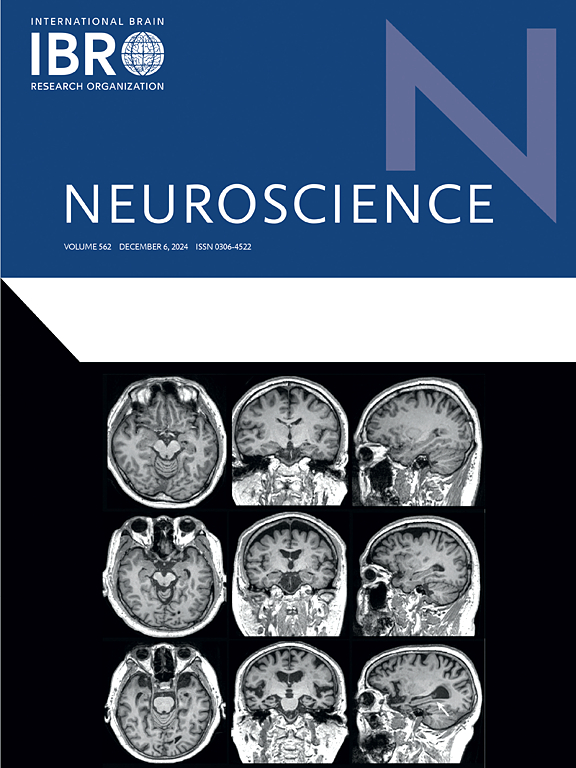糖尿病通过血浆Aβ40影响AD:一项孟德尔随机研究
IF 2.9
3区 医学
Q2 NEUROSCIENCES
引用次数: 0
摘要
淀粉样蛋白和tau蛋白是阿尔茨海默病(AD)病理变化的重要蛋白,而Aβ病理和tau病理是AD发生的最关键因素。一些研究表明AD与糖尿病之间存在因果关系,但尚未有研究表明糖尿病特征与AD生物标志物之间存在因果关系,因此需要进一步探索。我们首先通过系统综述对目前发表的关于糖尿病与AD之间关系的文献进行了总结和分析。森林样地被用来观察糖尿病和AD之间是否存在关联。然后基于GWAS汇总统计进行双样本孟德尔随机化(MR)分析,验证糖尿病特征与AD生物标志物之间的因果关系。基于GWAS的汇总统计,分别探讨了糖尿病特征与AD生物标志物之间的潜在因果关系。meta分析部分的结果显示,糖尿病会增加AD的风险。同时,我们的两个样本MR结果显示糖尿病与血浆a β40之间存在显著的因果关系。此外,我们的两样本MR结果也显示HbA1c升高与血浆APLP2之间存在因果关系。其他糖尿病特征可能对不同的AD血浆标志物有潜在影响。本文章由计算机程序翻译,如有差异,请以英文原文为准。
Diabetes affects AD through plasma Aβ40: A Mendelian randomization study
Amyloid and tau proteins are important proteins in the pathological changes of Alzheimer’s disease (AD), while Aβ pathology and tau pathology are the most critical factors contributing to the development of AD. Some studies have shown that there is a causal relationship between AD and diabetes mellitus, but there are no studies showing a causal relationship between diabetic traits and AD biomarkers, so further exploration is needed. We first summarized and analyzed the currently published literature on the link between diabetes and AD through a systematic review. Forest plots were used to observe whether there is an association between diabetes and AD. Then a two-sample Mendelian randomization (MR) analysis based on GWAS summary statistics was performed to verify the causal relationship between diabetic traits and AD biomarkers. Based on summary statistics from the GWAS, potential causal relationships between diabetic traits and AD biomarkers were explored separately. The results of the meta-analysis part showed that diabetes can increase the risk of AD. Meanwhile, our two-sample MR results showed a significant causal relationship between diabetes and plasma Aβ40. In addition, our two-sample MR results also showed a causal relationship between increased HbA1c and plasma APLP2. Other diabetic traits may have potential effects on different AD plasma markers.
求助全文
通过发布文献求助,成功后即可免费获取论文全文。
去求助
来源期刊

Neuroscience
医学-神经科学
CiteScore
6.20
自引率
0.00%
发文量
394
审稿时长
52 days
期刊介绍:
Neuroscience publishes papers describing the results of original research on any aspect of the scientific study of the nervous system. Any paper, however short, will be considered for publication provided that it reports significant, new and carefully confirmed findings with full experimental details.
 求助内容:
求助内容: 应助结果提醒方式:
应助结果提醒方式:


